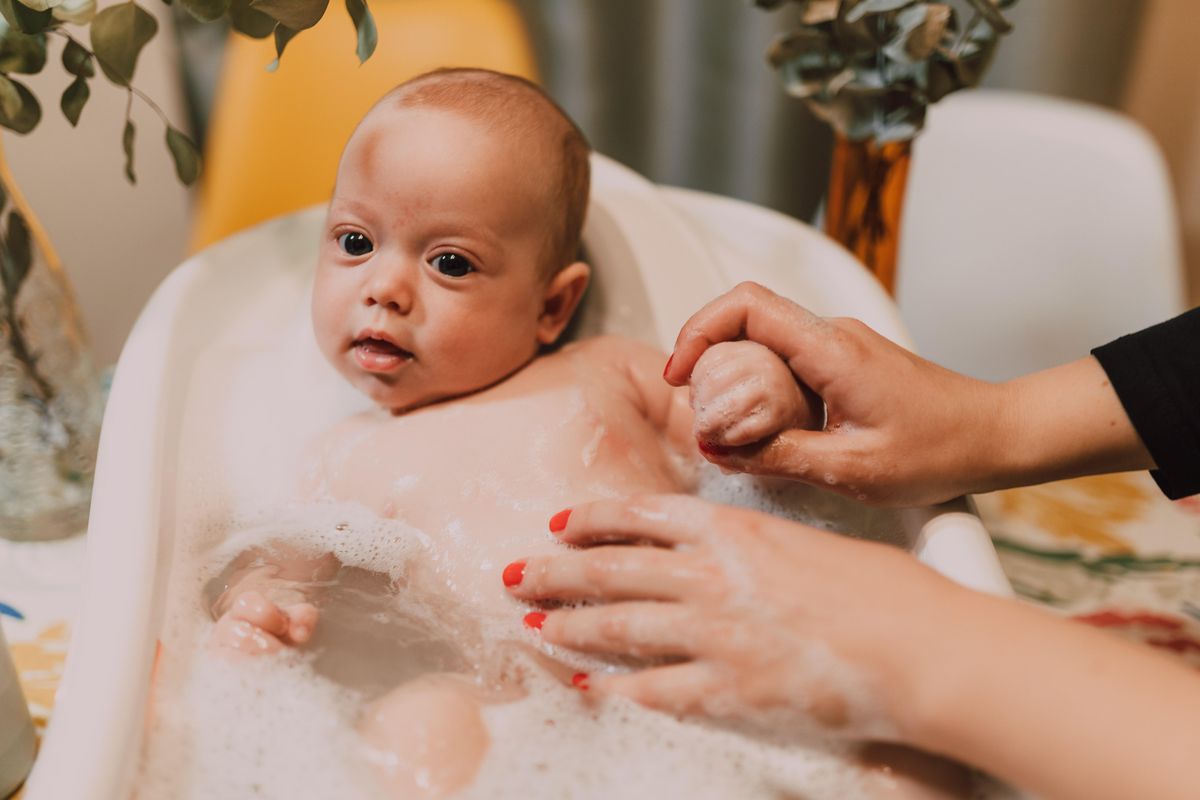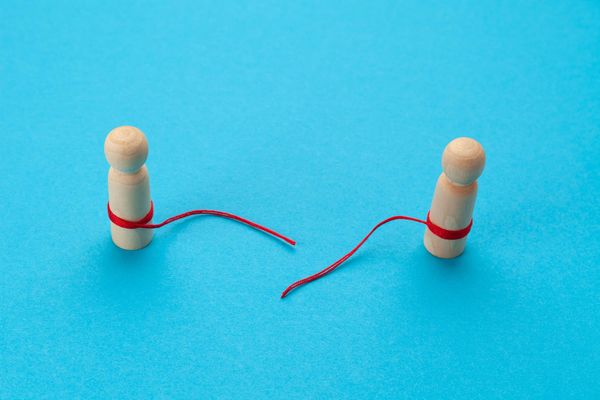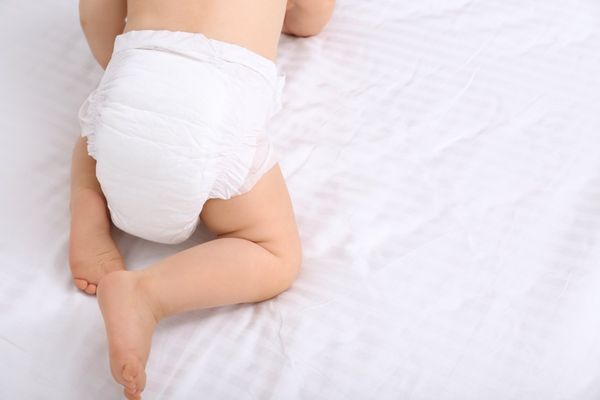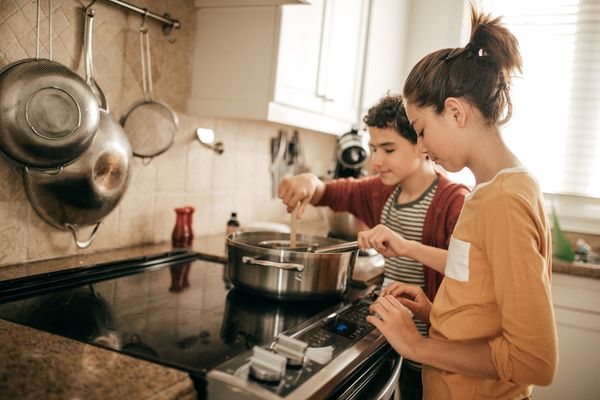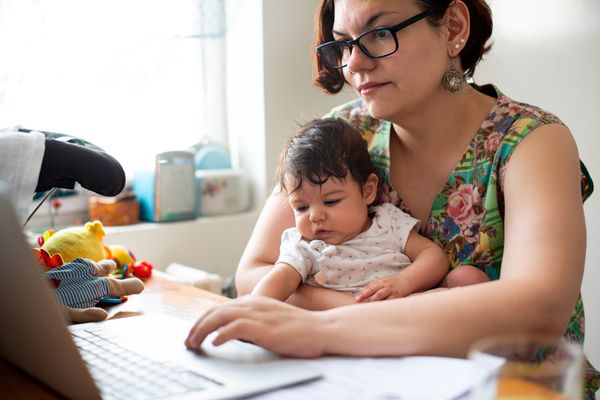Babies crave consistency and do well when on a schedule, and—for many little ones—bath time is a favorite part of the routine. Make this experience relaxing for both you and your baby by following these six important bath safety guidelines:
Start off with sponge baths. For the first couple of weeks, give your baby a sponge bath. This will give his umbilical cord, which should never be fully submerged in water, time to fall off. Additionally, if he's been circumcised, wait until that heals, too.
Use a baby tub with support. The large bathtub is not safe for newborns. Select a tub that has a contoured design or an internal sling that prevents your baby from sliding.
Check the air and water temperature. Make sure the bathroom temperature is set to 75⁰ F so your baby doesn’t get chilled before and after the bath. Test the water temperature using your elbow. The water should feel warm, not hot. Never allow the water to keep running when your baby is in the tub because the temperature could drastically change. To prevent scalding, set the thermostat on your water heater to 120°F or below.
Use mild soaps and shampoos. Steer clear of any perfumed products. Your baby’s skin is very sensitive, so use only mild soaps and shampoos. And while a bubble bath sounds fun, skip it. The bubbles can enter the urethra and increase the risk for urinary tract infections.
Only use a little bit of water. Your little one only needs about 2 to 4 inches of water.
Prepare the bath beforehand. Never leave your baby unattended in or near the bath. Babies can drown in only 1 inch of water. Gather all bath supplies (soap, towel, washcloth, clean diaper and clean clothes) ahead of time, and keep at least one hand on your baby while he's in the water.
See all parenting content on HealthyWomen.org.

